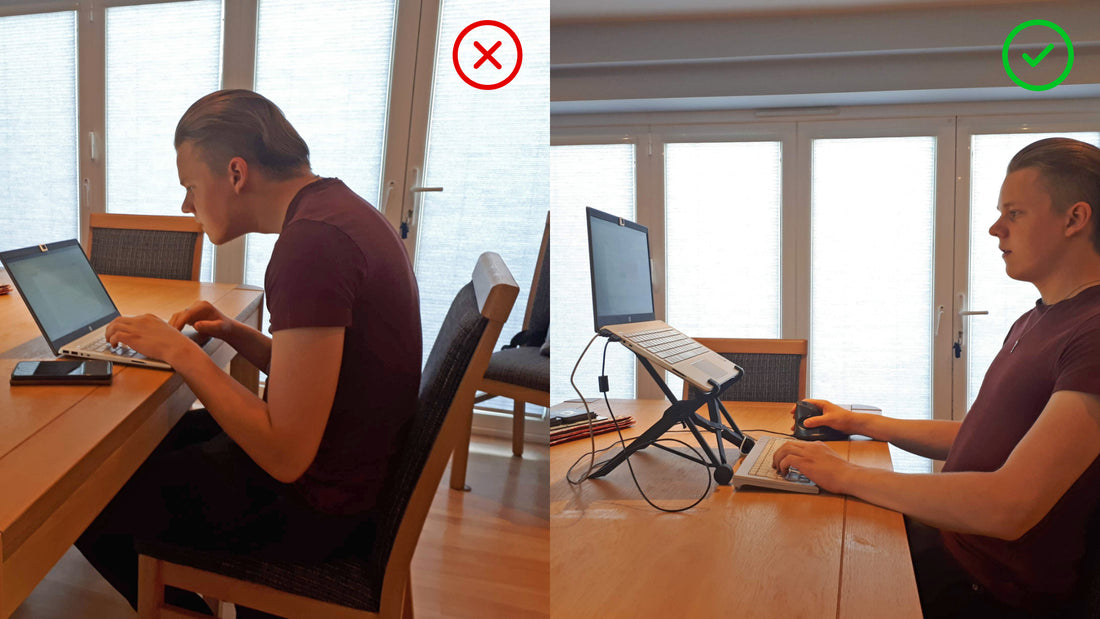What Does Responsible Health and Wellbeing Look Like in 2022?

Nicole Copestake

The question of employee health and wellbeing is one which has been given a lot of space on web pages and social media platforms over the past two years. So where are we now heading towards the end of the first quarter of 2022?
Let’s start with what we all know
Regardless of the differences between countries in legislation, (which in some cases is considerable) and regardless of changes in working culture that have occurred recently, employers have always needed to uphold their obligation to maintain a safe workplace for workers, and the need to ensure that reasonable consideration and processes are in place to ensure:
- Prevention of injury
- Prevention of diseases and ill-health
- Ensuring the employee has a safe place of work
- Providing safe systems of work
- Providing proper equipment
- Ensuring that the health, safety and welfare of employees
Even before the pandemic, injury from muscular skeletal disorders was an growing issue. The Survey of Occupational Injuries and Illnesses (SOII) collects data on MSDs for cases involving days away from work (DAFW).
In 2018, there were 900,380 DAFW cases reported in the U.S. private sector with 272,780 (or 30 percent) being MSD (Muscular Skeletal Disorder) cases.
Poor posture that is related to using laptop computers without any additional adjustments has been a major contributor to the increase.
Since the pandemic
A consequence of the COVID-19 pandemic is that more people have been working from home or remotely over the last two years, and often without the level of ergonomic adaptions they had available to them in the office. So, while productivity may have improved, many employees have experienced increased anxiousness, increased physical strain from a lack of regular breaks, and burn out from longer hours spent at the computer.
Anxiety is now commonplace because employees are feeling confused about their employer’s long term plans for post-COVID-19 working arrangements.
Many organisations may have already announced that they will embrace ‘hybrid’ working. This means that their time is split between working from home and office work moving forward, however too few have actually shared proper guidelines or have clear policies, expectations and work models in place.
Another concern is that many companies have still not looked properly into making longer term investments into the remote workstation set up for their teams.
How many companies do you know, who have not only surveyed their staff but have yet to fully assess environments?
Still, far too many individuals are working in unsuitable conditions at home. They may not have the appropriate amount of workspace for an office desk or even an adjustable chair.
A simple solution
One simple solution for employers? Ensure that their people can easily work more safely and productively from ‘anywhere’ by providing a remote work kit. The majority of remote / hybrid workers now use laptops so this need is becoming more and more essential.
We recommend providing each employee with a laptop stand which raises the laptop screen height to a level where the head and neck posture are more neutral, along with a separate small keyboard and mouse, all of which need to be portable.
This enables everyone to enjoy the freedom to work with a better posture regardless of whether they are in the office, at home, in a coffee shop or a communal workspace.
Why is this solution so effective?
Unlike larger items, this kit can be used even where very little space is available. It can help to adapt available workspaces, like a dressing table or a kitchen unit, into a more comfortable working environment.
The portability can encourage those who still don’t feel comfortable going back to an office to consider meeting with colleagues in a public venue that is perhaps quieter. It can help those who have been feeling claustrophobic whilst working from home, because offices have now closed or sold on, to venture out and find other spaces to work around other people.
This one simple adjustment doesn’t just help companies to ensure that they are providing a better ergonomic environment for their people. It encourages their people to get moving and communicating more effectively again, all of which has a major impact on positive mental health. It’s often the simplest things that make us the happiest.
